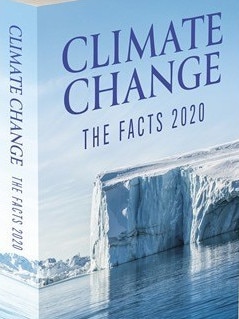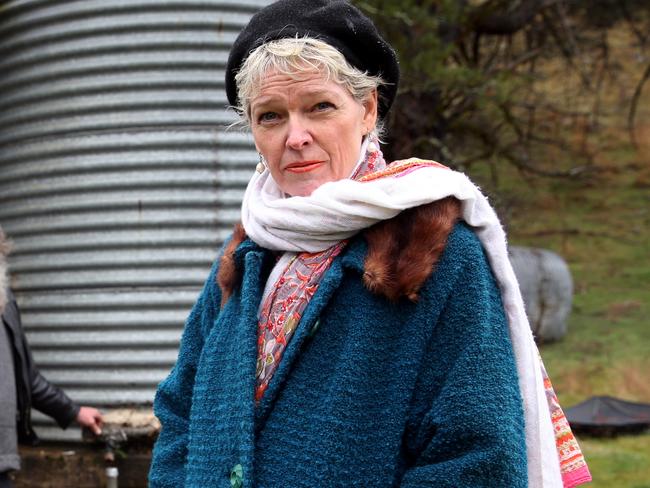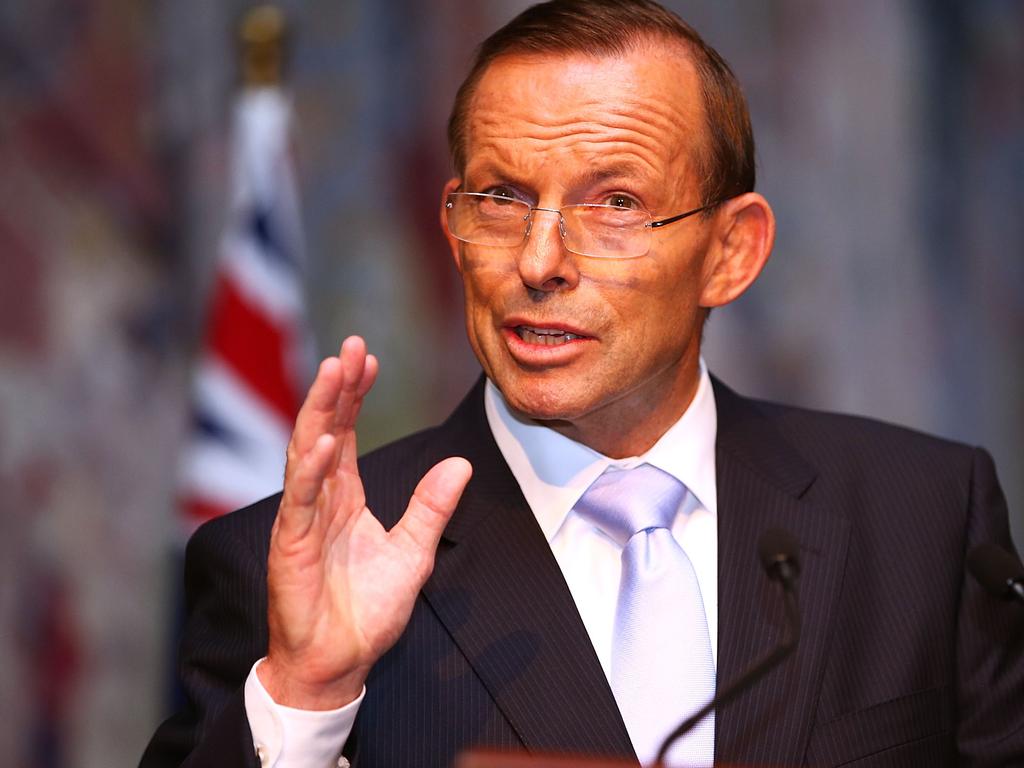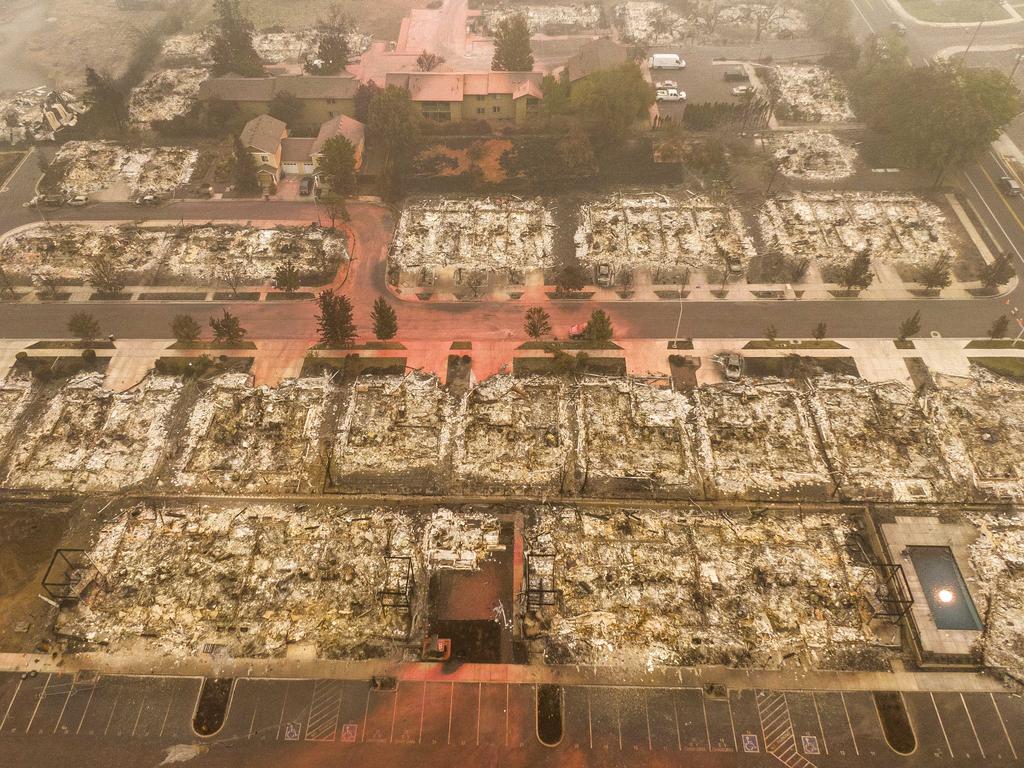What if nature has the means to beat climate change itself
Climate Change: The Facts 2020 is the thinking sceptic’s guide to the climate change debate.

When Jennifer Marohasy sat down to conceive the latest in a series of climate change publications for the Institute of Public Affairs she was determined to remain faithful to the scientific method and be guided by past experience.
In her view, the history of science suggests you don’t actually replace a theory until you come up with another possible explanation.

“Rebuttals don’t cut it unless you have an alternative,” Marohasy says.
The result is Climate Change: The Facts 2020 which can be alternatively described as a thinking sceptic’s guide to climate.
The fourth in a high selling series by the IPA and the second edited by Marohasy, the book deals with a wide range of hot topics from bushfires to sea levels, polar bears, volcanoes and temperature records.
It brings together a wide range of Australian and international voices including polar bear specialist Susan Crockford, investigative journalist Donna Laframboise and satellite temperature measurement pioneer Roy Spencer. The book’s true ambition, however, is captured in the contributions of atmospheric physicists Richard Lindzen and Henrik Svensmark and well known Australian contrarian Peter Ridd.
Lindzen, Svensmark and Ridd each deal with some of the most contentious issues in climate change science, the role of clouds and the sun.
Rather than break new ground each presents a fresh view of established work that has proved difficult for the climate change establishment to accept.
Together, Marohasy argues, the contributions go to the core of anthropogenic climate change theory and “give the book longer term currency”.
According to Svensmark, since low clouds are very important for the radiative energy balance of the Earth — by reflecting incoming radiation back to space and in this way casting a shadow — they can cool the Earth’s atmosphere.
He argues it is changes in cosmic-ray flux modulated by the sun and the position of our solar system relative to exploding stars in other galaxies that will drive this. There is no role for carbon dioxide in Svensmark’s theory of climate change.
His leads to the conclusion that a microphysical mechanism involving cosmic rays and clouds is operating in the Earth’s atmosphere, and that this mechanism has the potential to explain a significant part of the observed climate variability over the history of the Earth.
Ridd revisits the pioneering work of Joanne Simpson, who studied cloud formation and tropical thunderstorms, and how they could result in tremendous amounts of energy transfer from the Earth’s surface to the top of the troposphere — where it can be radiated into space.
Simpson is a legend in the meteorological community of the US. She was awarded the American Meteorological Society’s 1983 Carl-Gustav Rossby Research Medal — the highest award in atmospheric sciences. But her climate change theory is not included in the dominant view or models. Ridd builds on the mathematics laid out by Simpson and Herbert Riehl back in 1958 and likens the process to the pistons in a car engine. His punchline is that this huge atmospheric engine helps cool the surface atmosphere.
Applying some mathematics, Ridd shows that more greenhouse gases in the lower atmosphere can make the heat engine more powerful. In short, Ridd demonstrates that with increasing greenhouse gas concentrations in the lower atmosphere, air temperatures can increase and thus raise the water vapour content of the air if this occurs over tropical oceans.
Ridd calculates that for every 1C rise in tropical temperature, the heat transfer by the convection pathway will increase by 10 per cent.
Lindzen, meanwhile, has focused his research on high altitude cirrus clouds and their heating effect on the environment because they reflect infra-red radiation back to Earth. Lindzen makes the analogy with the pupils in our eyes changing size relative to how bright or dim the light is.
Specifically, Lindzen has hypothesised that as the atmosphere warms from increasing concentrations of greenhouse gases, the area of cirrus cloud decreases, providing a negative feedback as more infra-red radiation is able to escape into space.
Both Lindzen and Ridd hypothesise that there are cloud-related negative feedback loops in place that will mitigate the potential effects of increasing concentrations of greenhouse gases on Earth’s temperature.

Neither of them deny the potential for greenhouse gases, especially water vapour and CO2, to warm the Earth. Rather they explain that because of the complexity of the physical processes at work, in particular, and the role clouds play in facilitating negative (cooling) feedbacks, the Earth is unlikely to overheat.
The ideas presented in the book are complex and counter intuitive to the dominant narrative of a world hurtling towards climate catastrophe because of carbon dioxide. And for this Marohasy is unapologetic.
“We live at a time when climate change is deemed a morally important issue,” Marohasy says.
It is claimed that greenhouse gases from the burning of fossil fuels are causing unprecedented and potentially catastrophic warming of the Earth’s atmosphere, she argues.
“Those who disagree with this claim, or who ask for more evidence, are generally labelled ‘deniers’ of climate change,” Marohasy says.
“In reality, the dispute is not whether the climate changes; it is what causes the change (could it be mostly natural rather than human-caused), and whether the current rate and magnitude of change is unusual.”
The book is a two finger salute to what US president Dwight Eisenhower might have called “the climate–industrial complex”. In his farewell address, in a television broadcast on January 17, 1961, Eisenhower warned about the dominance, or the “capturing”, of science-based public policy by what he called a “scientific–technological elite”.
Marohasy argues it is this same elite who have dictated climate-change policies for some decades now, with wide-ranging economic implications.
“Many people may prefer their ‘facts’ to be short and to the point,” Marohasy says in the book’s introductory chapter.
“But climate science is complicated and, despite the considerable expenditure on research, our understanding of the atmosphere is far from complete.”
Marohasy says she has no doubt that if we had a properly constructed theory of climate, scientists would be able to better forecast droughts, floods and bushfires. There would be less fear of catastrophic sea-level rise, and more curiosity rather than despair when it comes to polar bears and penguins.
Climate Change: The Facts 2020 is available from October 8.








There is a big “what if” buried at the heart of Climate Change: The Facts 2020. What if nature has a special way of using the sun, cosmic rays, water vapour and clouds to regulate the temperature of the planet. What if these processes have already been explored but too hastily dismissed? Do they deserve a closer look?